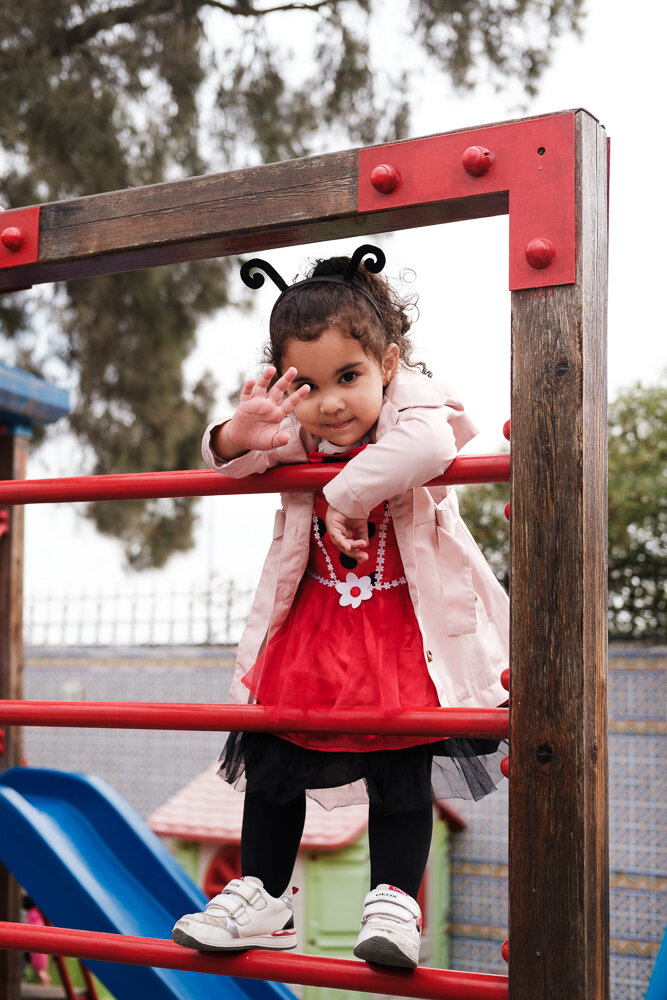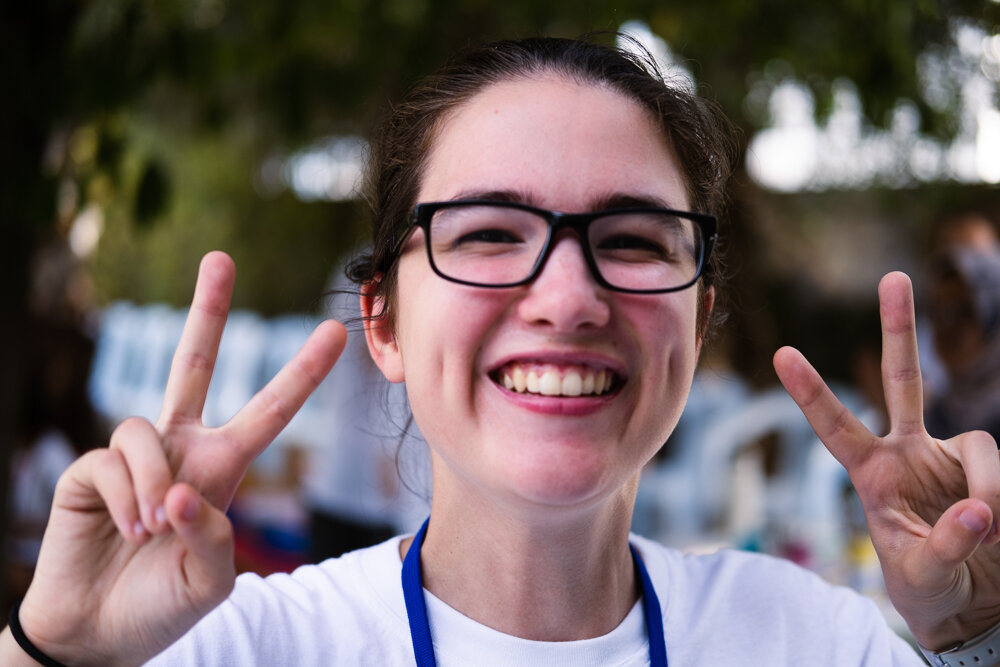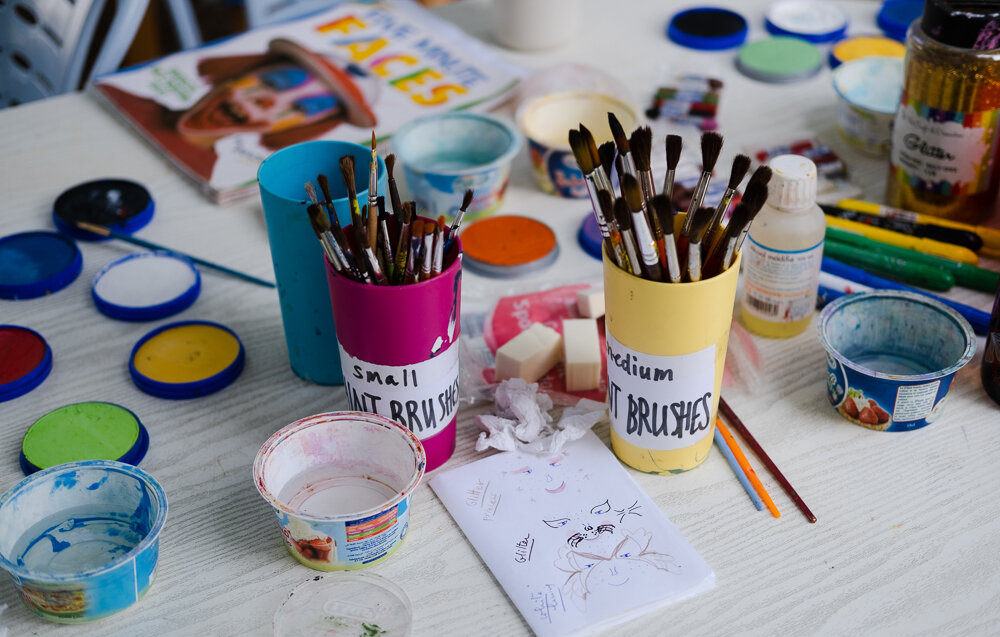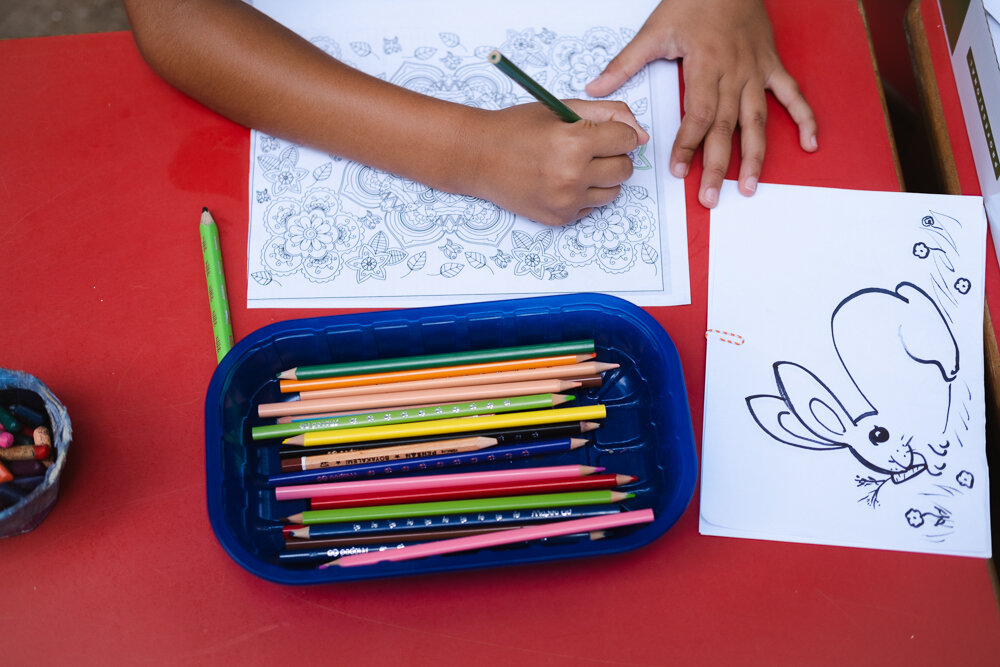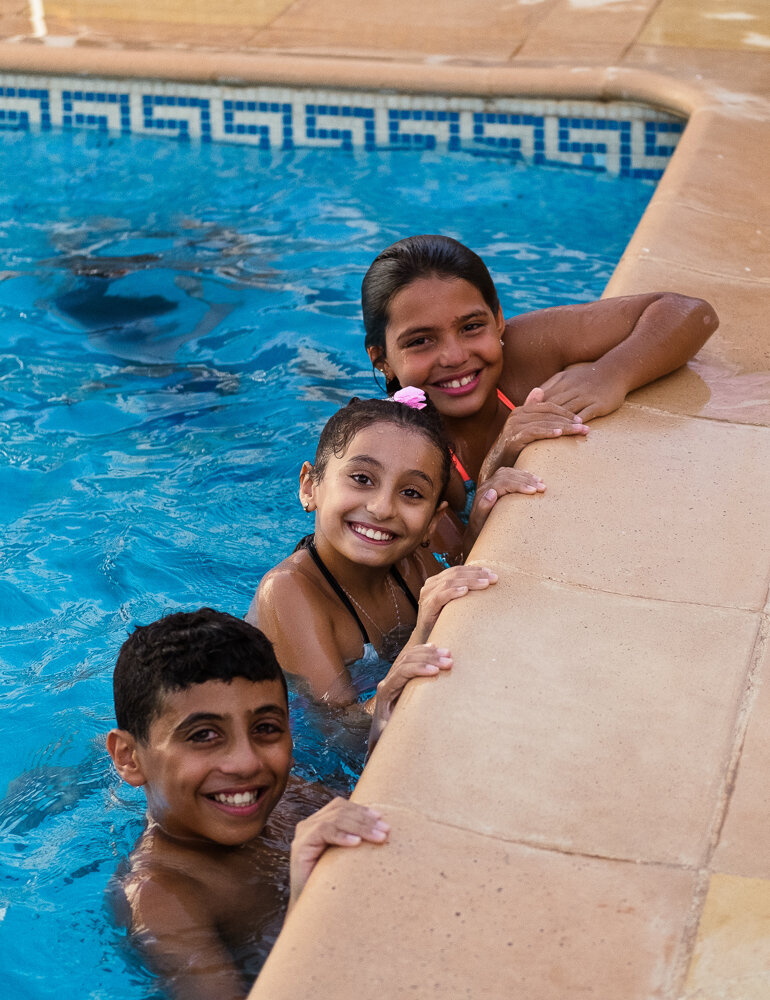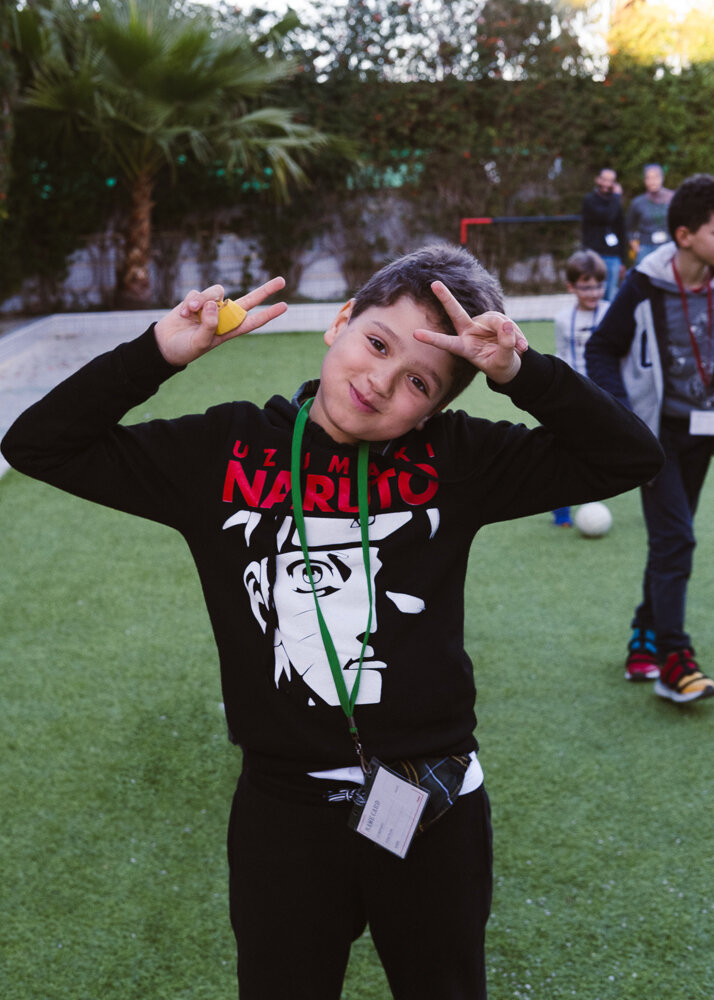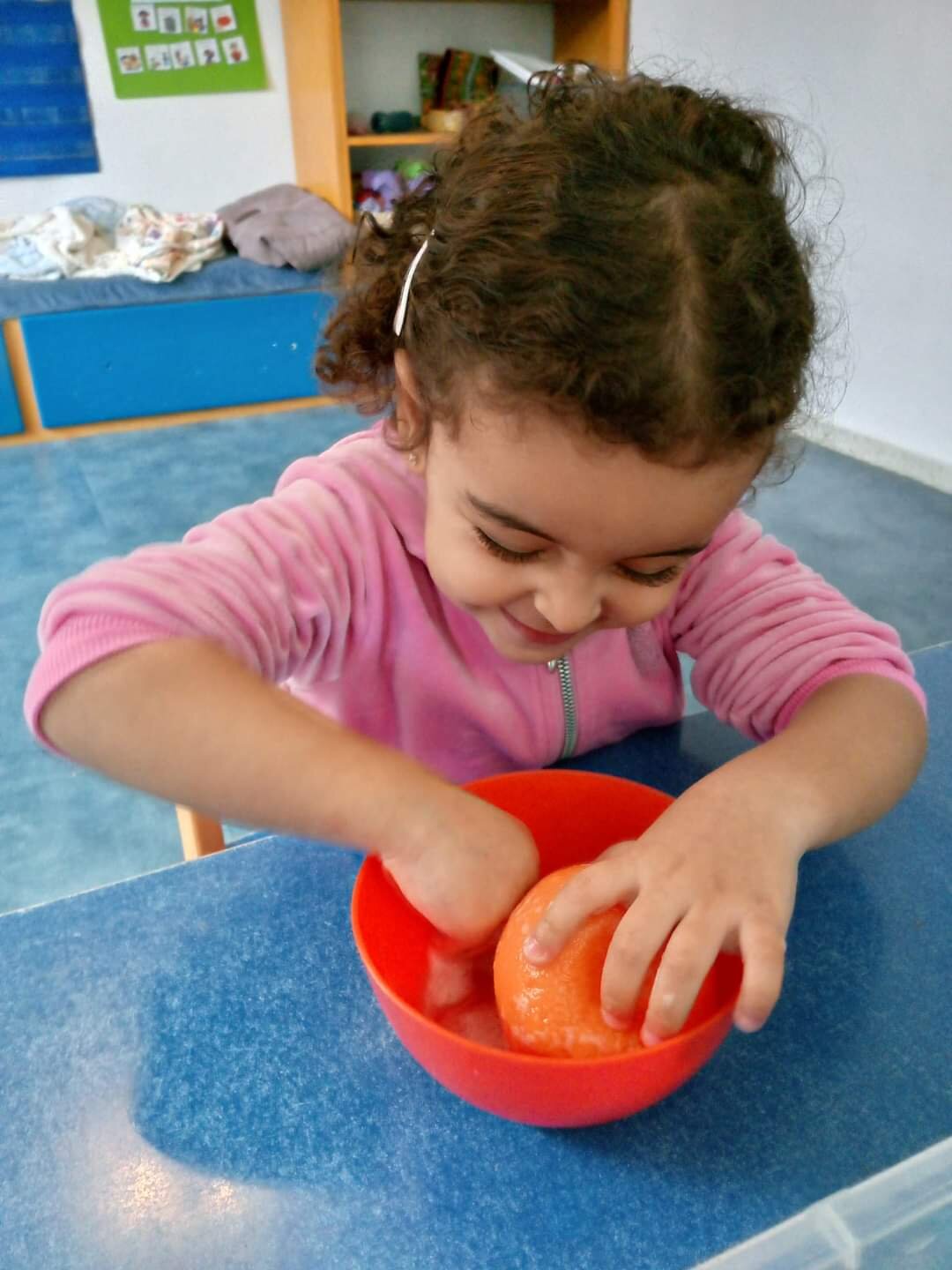
In PK2, children are beginning to recognize their own emotions but may lack the words to fully express them. We emphasize creating a safe and nurturing environment where each child feels valued and supported. Our goal is to assist them in navigating various emotions like frustration, anger, fear, and excitement. While they may find sharing and taking turns challenging, they are starting to learn these fundamental social interactions. With gentle guidance and engaging activities, we help them develop patience and impulse control, fostering their growth in managing emotions and building social skills.
In PK2, children’s motor skills are becoming more refined as they engage in various balancing exercises. They can walk, run, and even race with greater stability and improved coordination. Their climbing abilities improve, allowing them to tackle playground equipment with increasing ease. Fine motor skills advance as children use chalk, crayons, or markers with a stronger grasp, allowing for more purposeful scribbling and early attempts at drawing shapes or lines. They also enjoy activities like playdoh, stacking blocks, manipulating large puzzle pieces, and using a spoon to feed themselves, showing improved hand-eye coordination and dexterity.
In PK2, our focus is on expanding vocabulary and understanding basic literacy concepts. Students are introduced to the alphabet through song and play. They interact with books by turning pages and identifying familiar pictures, letters, or sounds. Activities include reading books aloud with increasing complexity, engaging in simple storytelling with picture prompts, recognizing their name, tracing letters, and playing simple letter-matching games. Interactive songs and rhymes are also incorporated to enhance language development and phonemic awareness. Children have the opportunity to naturally explore pre-writing by using a variety of writing tools such as crayons, markers, and paint.
In PK2, mathematical activities focus on counting and sorting skills as well as shape recognition. Teachers incorporate counting games, songs, and group activities to help children practice counting objects and understand the concepts of "more" and "less" by comparison. Measurement is introduced as children practice comparing two objects by size and length. They gradually advance to ordering a small set of objects. Students also practice categorizing objects by attributes such as color, shape, or size. They will also become aware of simple patterns in their daily lives and progress to creating very basic repeating patterns using beads or blocks. As the year progresses, students should be able to count to 10 orally, count up to 5 objects successfully, with proper one to one correspondence, and even recognize a few numerals. Additionally, their understanding of ordinal numbers, such as "first" and "second," is reinforced through daily routines and simple activities such as lining up toys or taking turns.
Information
- Age: 2 Years old - 3 Years old
- Time: 9:00AM - 4:00PM
- Class Size: 13
- Inscription Fees: 500 TD
- Monthly Fees: 950TD
